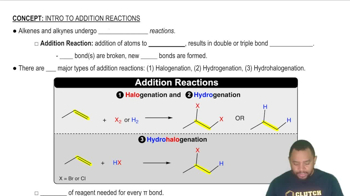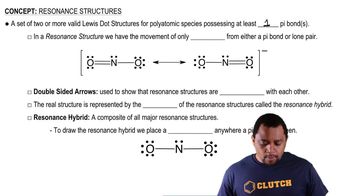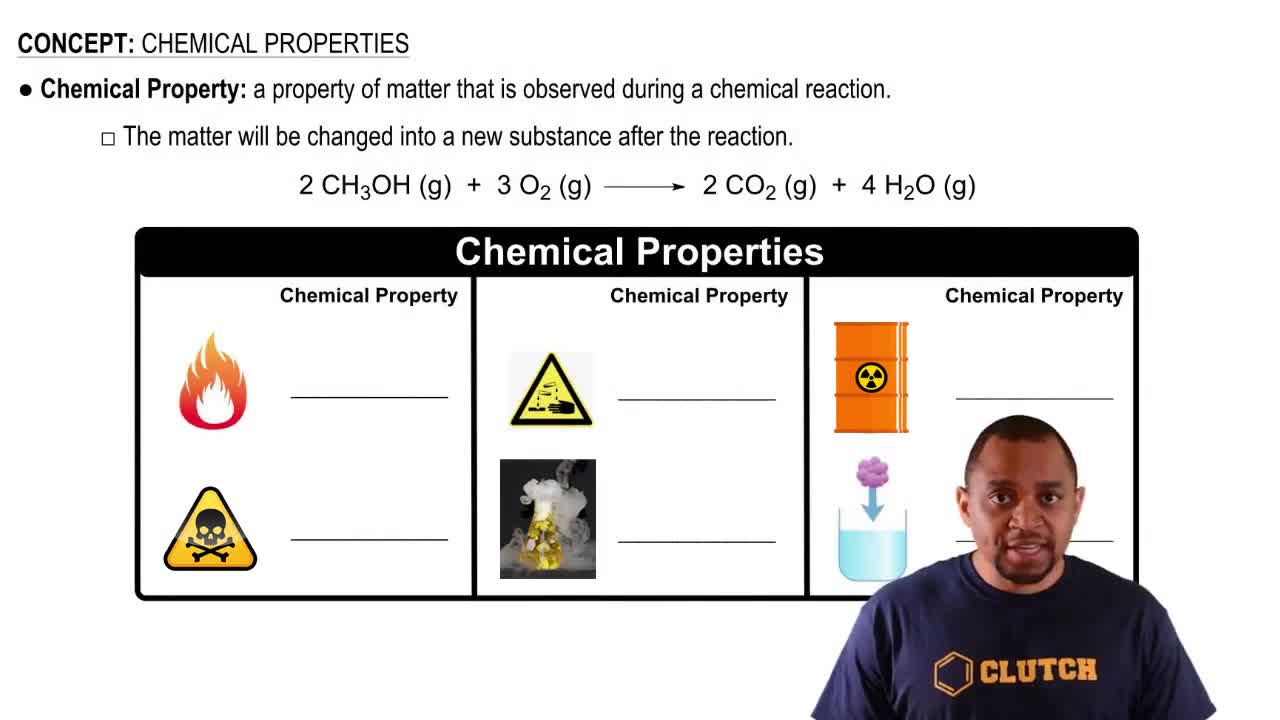Polyacrylonitrile (PAN) is an addition polymer with the struc- ture shown here. Draw the structure of the monomer.
 Verified step by step guidance
Verified step by step guidance
Verified Solution
Key Concepts
Addition Polymerization

Monomer Structure

Chemical Structure Representation

Teflon is an addition polymer formed from the monomer shown here. Draw the structure of the polymer.
Saran, the polymer used to make saran wrap, is an addition polymer formed from two monomers—vinylidene chloride and vinyl chloride. Draw the structure of the polymer. (Hint: The monomers alternate.)
Copper iodide crystallizes in the zinc blende structure. The sep- aration between nearest neighbor cations and anions is approximately 311 pm, and the melting point is 606 °C. Potassium chloride, by contrast, crystallizes in the rock salt structure. Even though the separation between nearest-neighbor cations and anions is greater (319 pm), the melting point of potassium chlo- ride is higher (776 °C). Explain.
The density of an unknown metal is 12.3 g/cm3, and its atomic radius is 0.134 nm. It has a face-centered cubic lattice. Find the atomic mass of this metal
